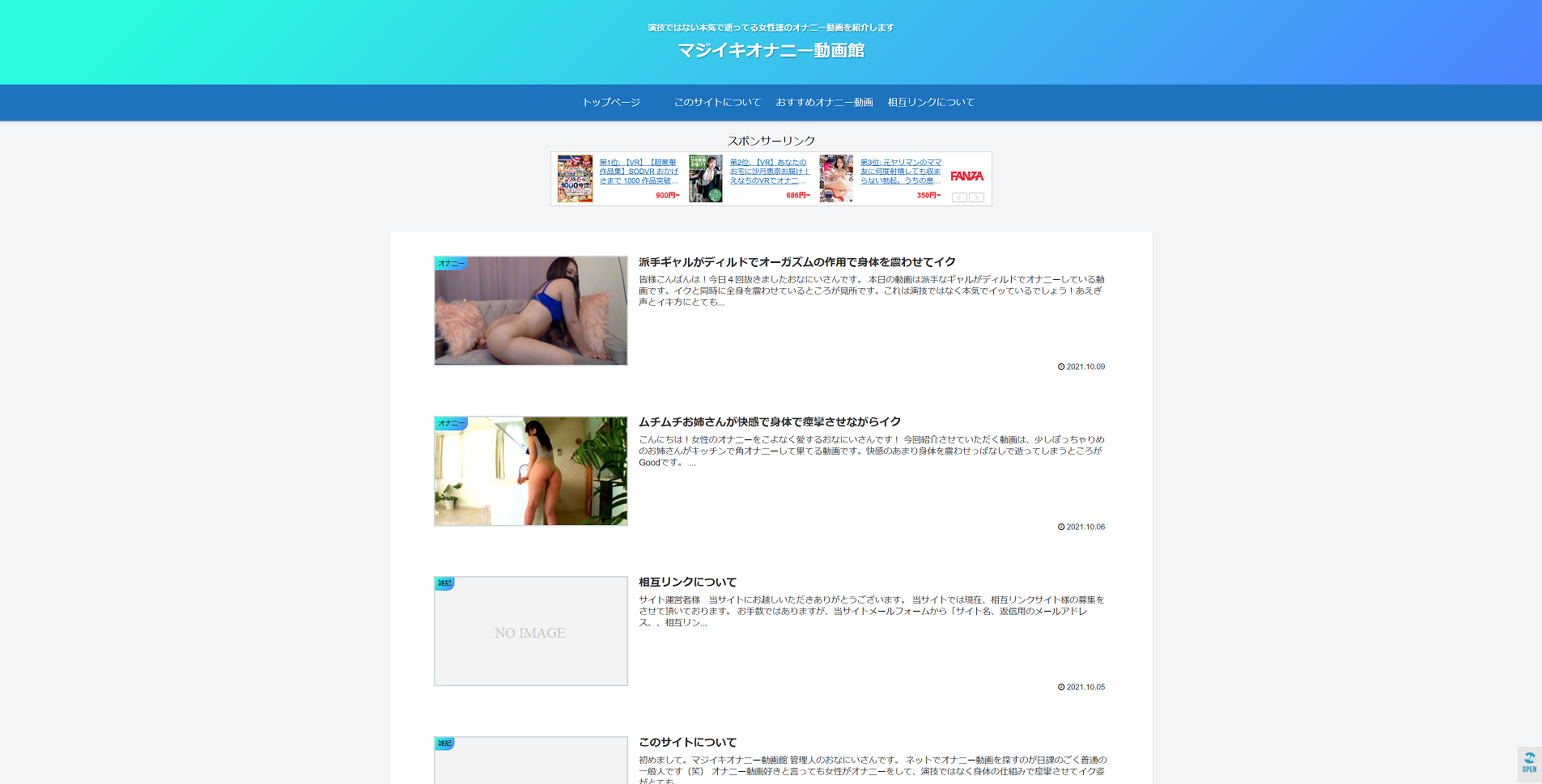When traders delve into the world of support and resistance, one of the first lessons they encounter is the imperfect science underlying these crucial concepts. While support and resistance levels are indeed invaluable tools for traders, acknowledging their inherent imperfections is essential to avoid common Day trading conference 2021 pitfalls. When price breaks through support or resistance, it often signals a significant change in market sentiment.
Role of the Tenkan-sen and Kijun-sen in Determining Levels
The ideal pullback has low activity and lack of strength in the countertrend price movement. Keep in mind that this is an aggressive strategy that trades against the trend. As Dr. Alexander Elder says in his book, Trading for a Living, extreme prices reflect only the panic among the weakest traders.
How Can Market Psychology Influence Support and Resistance Levels?
Support acts as a floor preventing the price from declining further, while resistance serves as a ceiling hindering price increases. Accurately identifying these levels is crucial as they help traders determine entry and exit points, set stop-loss orders, and manage risk effectively. Incorporating support and resistance analysis into your trading strategy can significantly enhance your ability to predict market movements and optimize trade outcomes.
How Can Identifying Support and Resistance Levels Help Traders?
Traders often look for confirmation of a resistance level through multiple technical indicators and chart patterns. By analyzing the convergence of different signals at a specific price level, traders can gain more confidence in their trading decisions. Understanding the interplay between support and resistance levels is essential for developing a comprehensive trading strategy that accounts for potential price reversals and breakouts.
- Instead of entering right on the break, wait for the price to make a “pullback” to the broken support or resistance level, and enter after the price bounces.
- Any research provided does not have regard to the specific investment objectives, financial situation and needs of any specific person who may receive it.
- These levels act as invisible barriers that influence the behavior of the market.
- We know that you’ll walk away from a stronger, more confident, and street-wise trader.
- To establish the strength of the support and resistance lines, you can combine these methods.
Dynamic support and resistance are most often used to enter trends after a brief correction. The most popular choices include the 9-day, 50-day, and 200-day moving averages (simple or exponential, depending on your preference). Similarly, swiss franc to hungarian forint exchange rate if you see that an uptrend has recently reversed after rising to a certain peak, you will likely sell when prices approach that level again. Most of those traders who sold at that level are now sitting in a losing position.
If they are previous highs or lows, impulse levels, pivot points or Fibonacci levels, then they will be static, horizontal price levels that do not change as support or resistance. Personally, I have found support and resistance levels to be invaluable in my trading journey. They have consistently guided me in making informed decisions, minimizing losses, and maximizing profits.
Trend lines
A stage of support occurs due to the concentration of buying interest or demand that pauses the downtrend. When the prices of the financial instrument reach a lower atc brokers 655 north central avenue glendale ca business & trade organizations limit, buying concentration increases. On the other hand, resistance zones include increased costs due to selling interests. ‘Support’ and ‘resistance’ are terms for two respective levels on a price chart that appear to limit the market’s range of movement. The support level is where the price regularly stops falling and bounces back up, while the resistance level is where the price normally stops rising and dips back down.
But if a price breaks through any given level for a longer period of time, it is likely to keep rising or falling until a new support or resistance level is established. The more often a price hits either level, the more reliable that level is likely to be in predicting future price movements. It often happens that both levels become psychological barriers for traders, as they tend to buy or sell once a level is reached. One of the simplest and widely used method to find support and resistance Forex levels is by visually analyzing the charts. Then use trend lines to connect multiple points that are held intact during a certain period.
Discover the range of markets you can trade on – and learn how they work – with IG Academy’s online course. Many banks and retail investors prefer to use round numbers, they also place those types of orders in large amounts, creating resistance in the forex market. When an currency pair approaches resistance, sellers often flood the market, causing the price to drop. When an asset’s price approaches this level, buyers typically step in, increasing demand and pushing the price higher.
This guide reveals how to harness Ichimoku to make smarter, faster, and more profitable trading decisions. Most traders prefer to buy when the price reaches the support level as the price trend is expected to rebound. At resistance, selling increases as the price trend is expected to change. Prices may take time to steer away from the support and resistance levels hence some also do not prefer to open trading positions when the prices are near the support or resistance level.


コメント